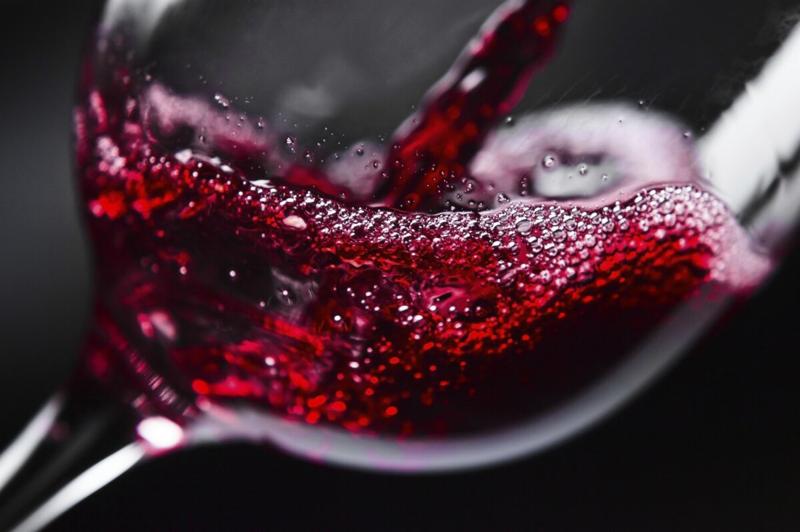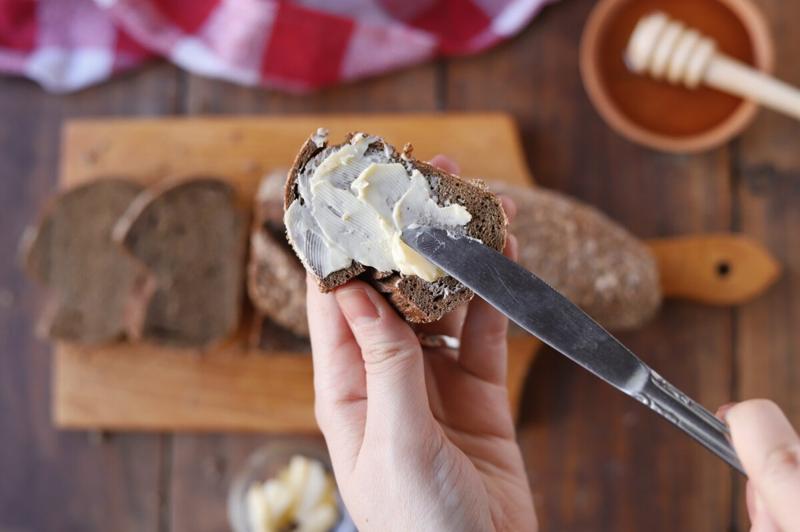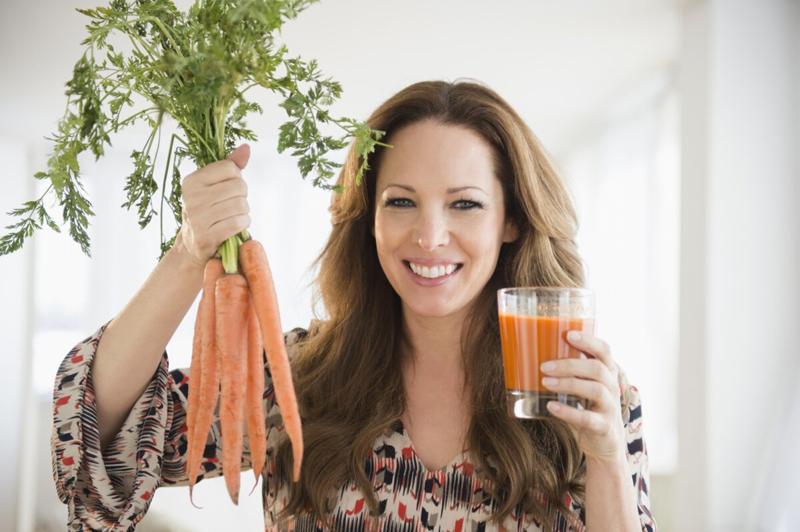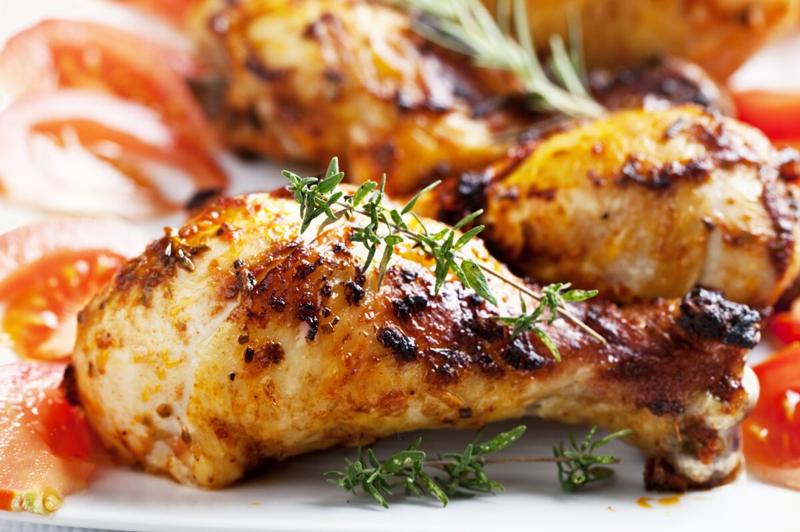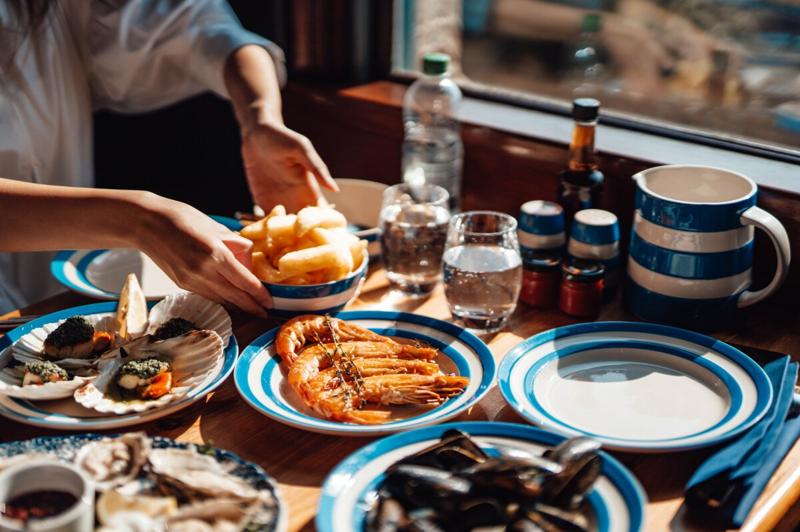What Is the Volumetrics Diet?
The Volumetrics diet places a strong emphasis on consuming nutrient-dense, low-calorie foods, including fruits, vegetables, whole grains, and low-fat dairy. This approach is rooted in the idea that lower-calorie foods, particularly those with high water content such as fruits, non-starchy vegetables, or broth-based soups, contribute to a sense of fullness. The diet advocates for the restriction of high-calorie density foods, specifically those with a significant proportion of unhealthy fats and added sugars.
Developed by Barbara Rolls, a nutrition professor at Penn State University, the eating regimen is characterized more as an approach to eating rather than a rigidly structured diet.
Following "The Ultimate Volumetrics Diet" book as your guide, you'll gain insights into recognizing the caloric density of foods, reducing the calorie density of your meals, and making choices that effectively combat hunger.
Barbara Rolls highlights in the book, "The Ultimate Volumetrics Diet," the importance of maintaining a positive perspective on food choices. Instead of outright discouraging the consumption of higher-calorie density foods, the emphasis is on portion management to align with calorie goals. Opting for lower-calorie density foods allows for more substantial portions within the intended or recommended calorie intake.
Family friendly. Family members can easily eat all the meals together with little or no modification. The food options are healthy and balanced enough for all ages.
Budget friendly. Foods for this diet are easy to find at a typical grocery and don’t require expensive or specialty food items.
Planet friendly. This diet considers the environmental effects of food choices. It’s largely plant-based and/or the foods are mainly sustainably grown/produced.
Vegan or vegetarian friendly. Recipes can be easily modified for a vegan or vegetarian diet.
Gluten-free friendly. Recipes can be easily modified and still follow a gluten-free diet.
Halal friendly. Recipes can be easily modified and still follow the diet.
Kosher friendly. Recipes can be easily modified and still follow the diet.
Low-carb. This diet recommends limiting sugary beverages and other foods high in refined carbohydrates.
Low-fat. This diet emphasizes foods that have little to no saturated fat.
How Does It Work?
Category One: Very Low Density
Foods in this category are the foundation of the volumetrics diet and contain high water content to help you feel full. Food items include:
Non-starchy vegetables, such as asparagus, broccoli and Brussels sprouts.
Nonfat dairy products, such as fat-free milk, cottage cheese and yogurt.
Category Two: Low Density
You're encouraged to consume foods in this category in moderation. Examples include:
Lean proteins, such as poultry and fish.
Starchy vegetables, such as potatoes, corn and butternut squash.
Category Three: Medium Density
Foods with medium caloric density should be consumed occasionally and in small portions.
High-fat dairy products, including whole milk, cheese and ice cream.
Refined carbohydrates, such as white bread, baked goods and white rice.
Fatty meat and fish.
Salad dressing.
Category Four: High Density
High-density foods include foods that are processed, loaded with sugar and high in fat.
Butter.
Candies.
Chips.
Chocolate.
Cooking oil.
Crackers.
Nuts.
Pretzels.
Trail mix.
Ultra-processed foods, like french fries and pizza.
Can I Lose Weight on the Volumetrics Diet?
It's possible to lose weight while eating more food. Because the volumetrics diet emphasizes lower-calorie, nutrient-rich foods, you're likely to lose weight by following this eating pattern. In general, diets rich in low-calorie dense foods have been shown to promote fullness and weight loss, according to the Centers for Disease Control and Prevention.
Short-Term Weight Loss
Research suggests that eating patterns, like the volumetrics diet, that emphasize eating an array of foods high in fiber can help with short-term weight loss.
Studies show that dietary fiber intake promotes weight loss and dietary adherence in adults who are overweight or have obesity and are following a calorie-restricted diet (1).
Long-Term Weight Loss
Unlike some weight loss diets, the volumetrics eating regimen isn’t restrictive and is therefore sustainable in the long run. If you adhere to it over time, it should be effective for weight loss if that is one of your goals.
Weight Maintenance and Management
Because volumetrics emphasizes consuming lower-calorie density, nutrient-rich foods, it’s an effective and sustainable eating regimen for weight maintenance and management.
Low energy-dense foods has been shown to be effective and sustainable in controlling appetite in people who are overweight and have obesity. Researchers found that low energy-dense foods increased the feeling of fullness and reduced hunger and desire to eat, demonstrating that this eating pattern is a potentially effective strategy for weight loss and management (2).
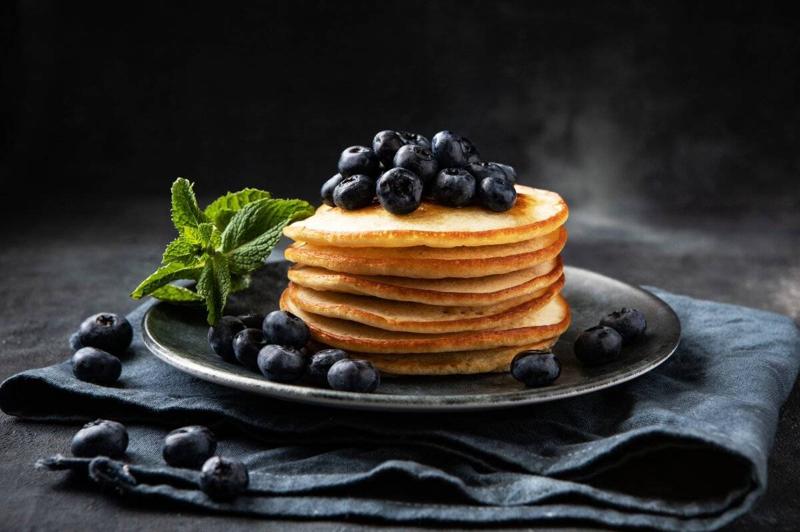
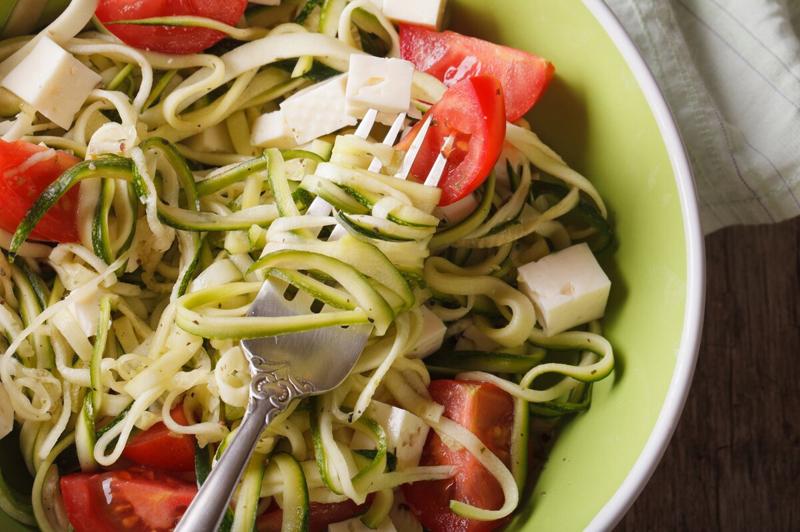
Do: Make your pancakes less energy dense.
What Does the Volumetrics Diet Cost?
Rolls’ three books – “The Volumetrics Eating Plan: Techniques and Recipes for Feeling Full on Fewer Calories,” “The Volumetrics Eating Plan” and “Volumetrics Weight Control Plan" – are available for purchase but are not necessary to follow the eating pattern.
What Costs Are Related to the Diet?
You’ll want to buy as much fresh produce as you can, and you might want to buy one of Rolls’ books on volumetrics.Doing Volumetrics Diet on a Budget
Is Volumetrics Easy to Follow?
Volumetrics isn’t restrictive and should be relatively easy to follow. Most – if not all – of the foods you’d eat on the diet are available at most grocery stores.
You won't go hungry on volumetrics. Daily menus are designed to be filling and include snacks and dessert. The focus is on making smart, sustainable tweaks to your eating habits that lower the overall caloric density of your diet. Since volumetrics doesn't ban or restrict entire food groups, your chances of sticking with it are higher.
Volumetrics offers convenience. You're free to eat out as long as you follow the diet's guidelines, but cooking is encouraged for best results. Alcohol is allowed in moderation. Volumetrics books offer guidance and ideas to make the plan easier.
There are plenty of volumetrics recipes to choose from. Hundreds of recipes for appetizers, soups, sandwiches, pasta and vegetarian dishes (modified to cut caloric density) are included in Rolls' books.
Eating out is allowed by the volumetrics approach. You'll have to determine which menu choices are the best to stick with your volumetrics diet. Starting with a low-calorie soup or salad will help make you less likely to order a large entrée.
Feeling full shouldn’t be an issue. Volumetrics was designed to help you feel full and satiated. You shouldn't feel hungry on the diet, provided you adhere to its guidelines. Fruits, vegetables, soup and other low-density foods help control appetite, as do lean protein choices like poultry, seafood, tofu and beans.
There’s no need to compromise on taste. You don't have to give up your favorites with volumetrics – just make smart changes. If you leave the butter off your bread, for example, you can have two slices instead of one for the same amount of calories. Choose skim milk instead of whole milk. And a morning stack of pancakes is still OK, as long as you switch to whole-wheat flour, cut the oil and butter and add fresh fruit on top instead of adding syrup. Other meal ideas range from a baked potato topped with vegetables, salsa and cheese to chicken fajita pizza.
Who Should Not Try the Volumetrics Diet?
“It can be safe (for someone with diabetes), as long as blood sugars are being monitored and medications are adjusted as needed,” says Julia Zumpano, a registered dietitian with Cleveland Clinic’s Center for Human Nutrition.
Pros
Nutritionally sound.
Diverse foods and flavors.
No counting carbs, points or calories.
Filling – it's rich in high-fiber foods.
No off-limit foods or food groups.
Has proven health benefits.
Cons
Tedious portioning, meal planning or prep.
What Can I Eat? Do’s and Don’ts
Foods to Eat
Fruits and vegetables.
Legumes and whole grains.
Low-fat dairy and eggs.
Whole-wheat pasta and rice.
Fish, shellfish and poultry.
Foods to Avoid (or Limit)
Deep-fried foods.
Pizza (restaurant-style) and fast food.
Some dressings, sauces and dips.
Cakes and pies (store-bought).
Sugar-containing beverages like soda and juice.
Sweetened or frosted cereal.
Vegan and Following WeightWatchers
It is possible to do the WW diet and stick to your vegan diet. However, since many of the foods vegans eat are 0 Points, you may find it challenging to meet your daily Points quota. If you consistently lose more than two pounds a week, feel weak or fatigued or experience constant hunger, you might not get all the nutrients you need. Be sure to include nutritional yeast, fortified plant milk and fortified cereals to get the vitamin B12 that you need. Consider talking to your doctor or a registered dietitian about the need for calcium or vitamin D supplements. See all vegan diets.
Vegetarian and Following WeightWatchers
Because no food is entirely off limits, it’s pretty straightforward to make the WW plan work for your vegetarian lifestyle. Many websites and blogs provide meal ideas and tips for vegetarian members. See all vegetarian diets.
Halal and WW Following WeightWatchers
Since you’ll be purchasing and preparing your food, you will have the flexibility to ensure that what you eat adheres to your individual dietary guidelines. See all halal diets.
Kosher and Following WeightWatchers
You’re in charge of whether or not the foods that you select are kosher. Making proper choices at the store can ensure that you comply with kosher rules while still losing weight. See all kosher diets.
